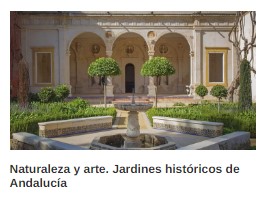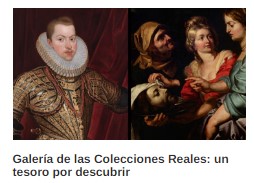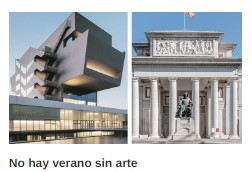Vacations with art
Oriental Museum of Valladolid
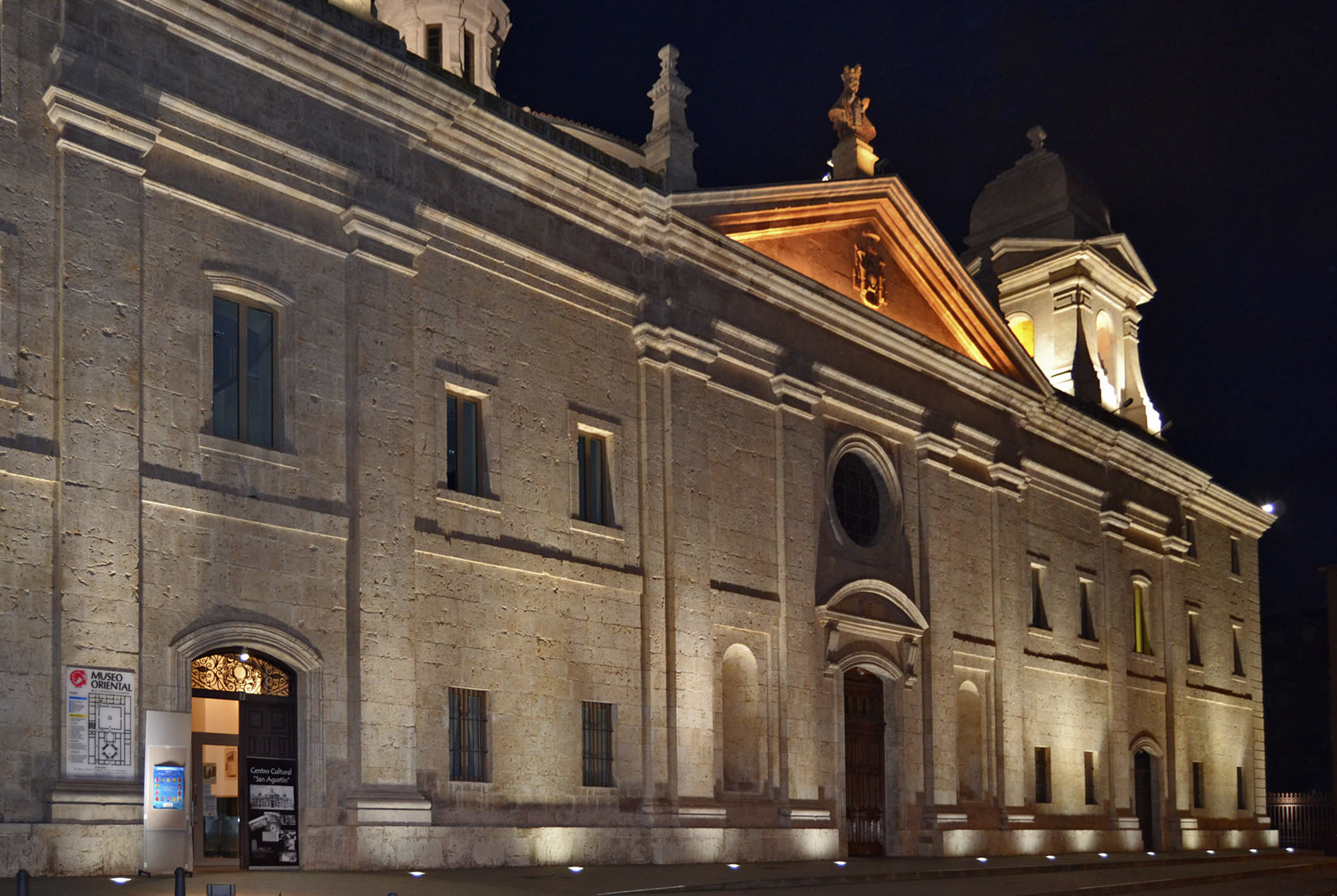
The Oriental Museum of Valladolid has one of the best collections of Chinese, Japanese and Philippine art in Spain.
His spectacular works allow us to know in depth the cultural exchanges that, since the 16th century, took place in the Asian continent between these nations and the Augustinian missionaries of the Royal College.
THREE ESSENTIAL PIECES
Although the museum’s collection is very extensive, on this occasion, we have selected three pieces that we cannot miss, and that will help us to understand the artistic manifestations in China during this period of cultural exchange.
-
A representation of the birth of Buddha in gilded bronze.
It is said that Prince Sidharta, whom we know as Buddha – which means “the enlightened one” – was born from his mother’s right armpit and immediately took seven steps in each of the four directions of the cardinal points and proclaimed: “I am the only one venerable in heaven and on earth”. This precise moment is depicted in this round sculpture from the Ming period, pointing both to the sky and to the earth.
Possibly, it was destined for a Buddhist temple, where they used to be bathed by the priests during the Vesak, the most important ceremony in Buddhism.
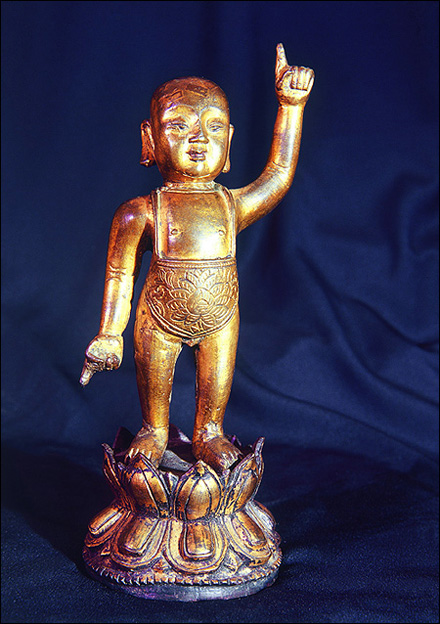
2. Vase “Hu”.
The most common model of Chinese porcelain is blue and white. These works make use of cobalt oxide which, at the right temperature, gives this characteristic blue color, always under a transparent cover. This “Hu” vase stands out, referring to archaic bronze forms.
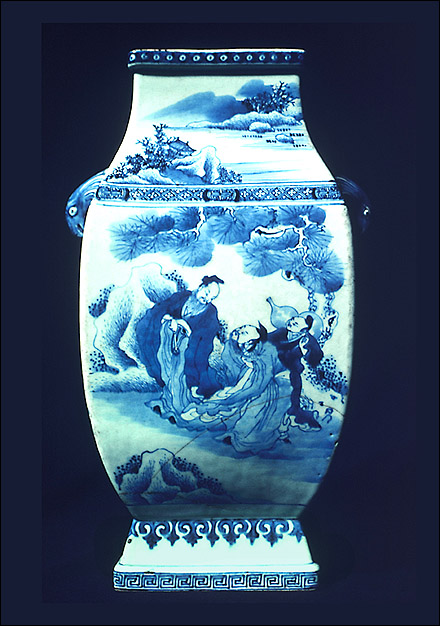
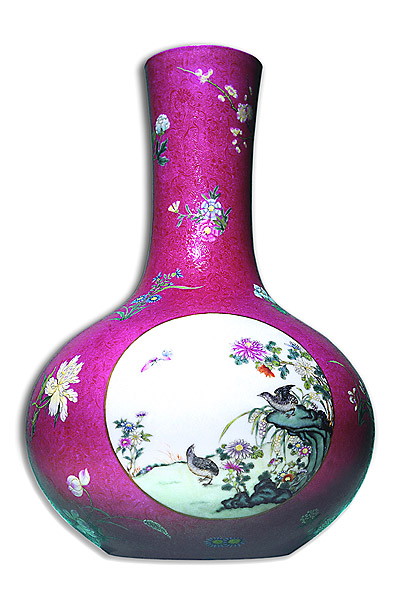
3. Vase “tianqiuping”.
Enamels of the pink family were introduced in China by the Jesuits around 1720. This new palette plays with the opacity of the pink glaze. During the Yongzheng and Qianlong periods, from the 20s of the 18th century, the most important specimens were produced. This “tianqiuping” vase is one of the finest examples in the Oriental Museum.

